Should a pair of $2000 leggings be on your Christmas list?
Inflating pants that squeeze you like a tube of toothpaste, massage guns, recovery thongs: some sport gear leaves your wallet in recovery mode. What’s wrong with a foam roller?
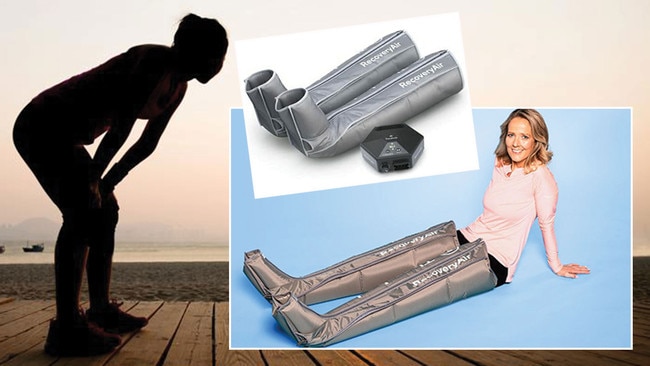
Being zipped inside a pair of Therabody RecoveryAir compression pants initially feels a bit like wearing jeans that are several sizes too small. They are restrictive but bearable, provided that you don’t attempt to bend, and best worn sitting or lying down. It is only when you flick the switch on a control box, connected by chunky wires, that you feel their full force as they hiss to inflate and then squeeze you like a tube of toothpaste with progressive, pulsating pressure from feet to calves, knees to hamstrings and quads. It is a mild discomfort that is apparently worth enduring because this mangle effect is said to be the latest recovery aid for workout-weary leg muscles.
You may have invested in a foam roller, a vibrating massage gun, a pair of compression socks or some recovery flip-flops, but unless you have a pair of pneumatic compression leggings, your recovery portfolio is far from complete.
They look ridiculous, but wear them for 15 minutes up to four times a week and the manufacturer’s promise is that they will provide “a complete lower-body flush and reduce soreness”. For the price (they cost $AU1110 for a basic version and $AU2000 for the “fully customisable” version I am trying) I would be hopeful of at least a longer, leaner set of limbs. Yet athletes and footballers swear by Therabody gadgets: Cristiano Ronaldo is a Therabody athlete, as are players at Real Madrid, Manchester City and Paris Saint-Germain, who use the range as part of their training programmes. Mo Farah and Ally Love, a Peloton instructor with 797,000 Instagram followers, are among those raving about the inflatable garments. And a make-up artist tells me that the pneumatic pants are fast becoming the go-to for models who want to revitalise their legs before a shoot.
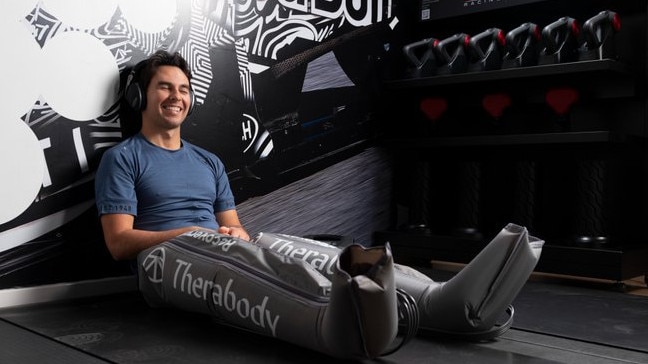
They work using intermittent pneumatic compression (IPC) technology, not new – medical IPC devices are sometimes used to help to prevent blood clots in the deep veins of legs after surgery – but tweaked and enhanced to provide relief from a hard run or HIIT sessions for the gym generation. A step up the recovery chain from foam rollers, they offer smart technology that means you can modify not only the duration of a squeezing session (from 15 to 60 minutes), but the pressure from a minimum 20 mmHg intensity to what would presumably be a boa constrictor-like 100 mmHg. Dr Jason Wersland, the chiropractor and founder of Therabody, who invented the Theragun, a device largely responsible for spurring a market for high-tech recovery aids, tells me the compression pants are part of a RecoveryAir range, which includes an inflatable vest for chest and shoulders, an arm sleeve and short boots. He says that they provide a “true negative gradient of pressure” as they sequentially inflate up the limb via four internal overlapping chambers and then maintain this applied compression downstream.
All we really need to know is that this means they promise boosted circulation and accelerated repair of your muscles. As oxygen-rich blood flows back to the legs, so muscles are flushed of metabolic waste products that increase fatigue and stimulate in a way similar to a sports massage. It certainly feels as though I have been pummelled – in a good way – after I take them off. And I like to think they sped up my recovery after a hard run and tough circuit, although soreness was by no means eliminated.
THE ‘SCIENCE’
What’s less convincing is the science supporting the effectiveness of IPC recovery aids.
“Anecdotally, people feel reduced muscle fatigue after using these sorts of garments, but rigorous clinical trials can’t find any long-term benefits,” says Paul Hobrough, a physiotherapist who works with Team GB athletes. “For a professional sportsperson, there is no real negative effect and their legs may feel better, but so far science hasn’t proven that relates to bouncing back quicker or to any improvement in performance, even when tested on very tired legs that same day.”
In a review of evidence published in the Journal of Sport Rehabilitation researchers concluded that IPC devices may provide “immediate pain relief from prolonged exercise-induced DOMS [delayed-onset muscle soreness]” for runners and triathletes, but that the benefits were no better than you would get with a massage and were short term. “The literature does not yet support a single treatment of IPC as an effective intervention for providing extended relief of subjective pain or functional recovery,” say the paper’s authors, Hannah Stedge and Dr Kirk Armstrong. Hobrough says that most evidence suggests muscles feel revived for only about an hour after using pneumatic compression garments.
While things might bring about marginal gains in performance for athletes – including a placebo effect of thinking they are doing you good – they are unlikely to be of particular benefit to the rest of us. Hobrough says if you have deep pockets and plenty of time, they might be worth a shot. “But you have to ask yourself, do I really want to invest a lot of money in a fashionable recovery aid that has similar effects to steps you can take for free?” he says. “Going for a gentle walk after a hard workout will enhance circulation and muscle recovery but without the financial outlay.” There’s also a risk that the growing trend for products promising to help you bounce back from soreness and fatigue could mean you spend more time recuperating than you do exercising. After foam rolling, deep stretching and a session with your DIY massage gun, applying CBD balm, ice bathing and taking beetroot, cherry or blackcurrant shots, who has much time left to work out?
WHAT WILL — AND WON’T — HELP YOU TO BOUNCE BACK AFTER EXERCISE
CBD PRODUCTS
Balms and recovery sticks containing cannabidiol (CBD), an active ingredient of the cannabis plant that does not affect mental functions but has promising anti-inflammatory effects, are the latest gym accessory. Some studies suggest that CBD causes changes in immune cell function, which help your body’s immune system to better cope with post-workout muscle damage, although the evidence is inconclusive.
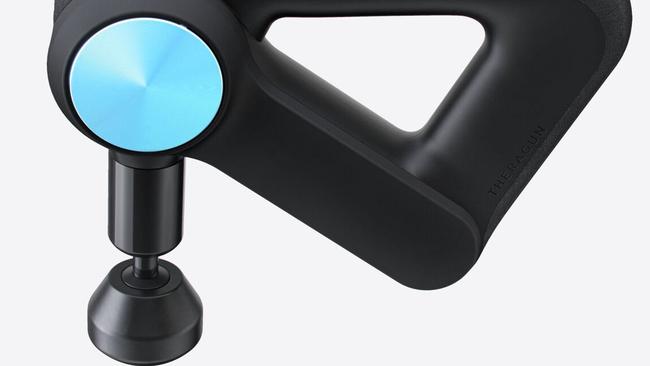
MASSAGE GUNS
These handheld devices from Pulseroll, Power Plate and the like cost upwards of pounds 90 and work by delivering vibrations to relieve aching muscles. The repetitive motion of the pounding is thought to be therapeutic for mind as well as body and many physios approve of them. A recent Harvard University study showed that two weeks of treatment with massage guns produced advanced healing compared with no treatment (the study was on mice). The results, published in the journal Science Translational Medicine, also showed that the more pressure applied during the massage, the stronger the muscles became.
ICE BATHS
Thankfully, the jury is out on this one. Some studies have shown that submerging yourself in icy water reduces your perception of soreness and, by reducing body temperature, slows blood flow, swelling and inflammation in tissues of the muscles to aid recovery. But others have concluded that it does nothing to fight post-workout inflammation and may even have a negative effect in the long term. A study in The Journal of Physiology showed that, over time, post-exercise ice baths blunt some of the repair and rebuilding processes after resistance training.
RECOVERY SANDALS
The actress Jennifer Lawrence has been spotted wearing Oofos recovery sandals (from pounds 45, oofos.co.uk), and they are a favourite of elite athletes. A study by the University of Virginia, which was commissioned by the company, found the patented footbed “cradles and supports arches to reduce energy exertion in the ankles by up to 47 per cent”, although the research has not been peer reviewed.
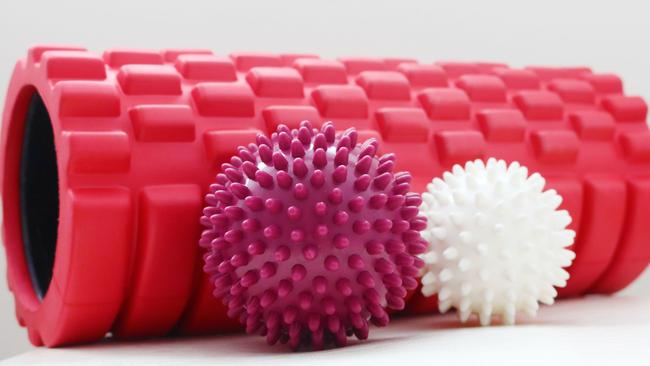
FOAM ROLLER
Applying your body weight to a foam cylinder costing anything from a dollars to a few hundred has become routine as part of a cool down. They are said to massage tight muscles and to smooth out the fascia, the dense, fibrous connective tissue that encompasses all muscles and bones, rolling away areas of tension. However, proof of this is patchy. Findings from a meta-analysis of 21 studies, published in Frontiers in Physiology, concluded: “Evidence seems to justify the widespread use of foam rolling as a warm-up activity rather than a recovery tool”.
COMPRESSION SOCKS AND SLEEVES
Knee-high compression socks and calf sleeves, such as the 2XU recovery sock (pounds 21, uk.2xu.com), designed to apply pressure to the lower legs and enhance blood circulation, are a favourite of marathon runners and triathletes. Last year a study showed that wearing them during exercise can reduce temporary strength loss after a tough workout. Evidence that they enhance recovery is mixed, although a paper published this year showed that more than 80 per cent of people who wear them after exercise believe that they help them to recover faster.
The Times



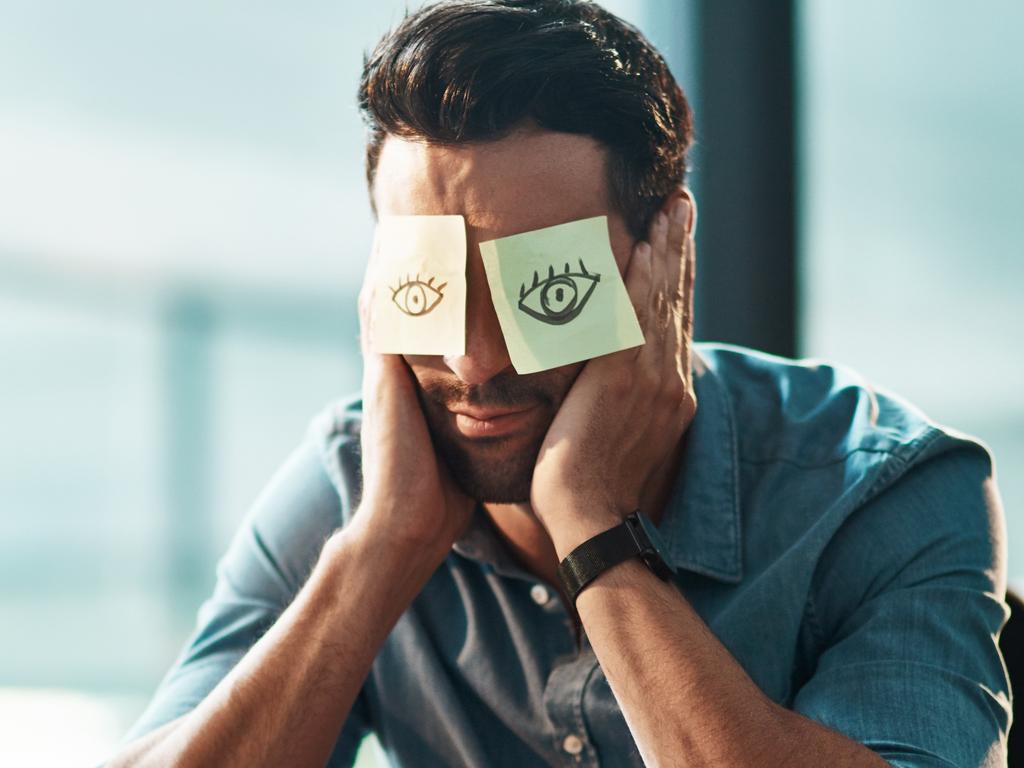
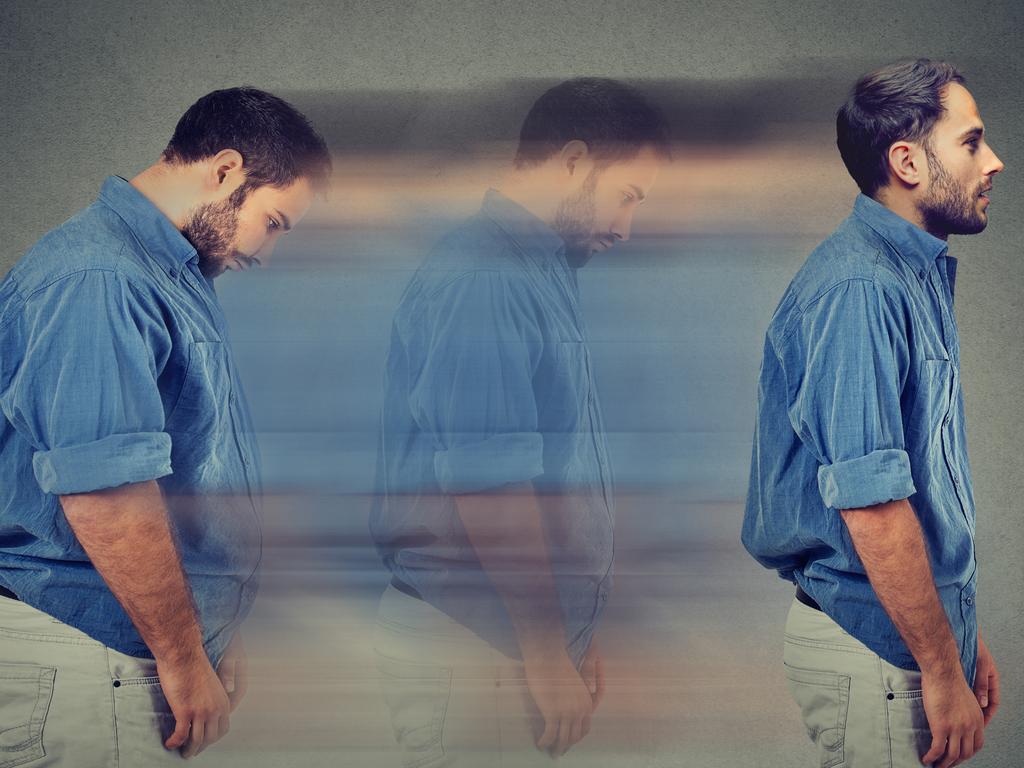


To join the conversation, please log in. Don't have an account? Register
Join the conversation, you are commenting as Logout